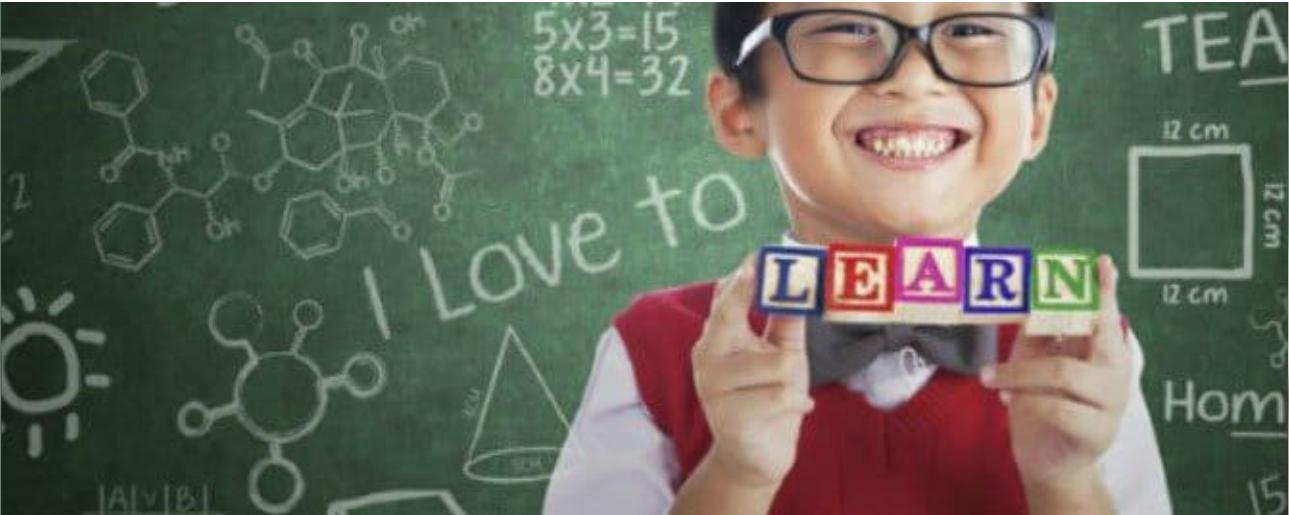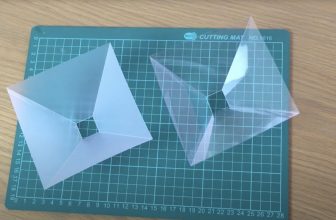
Are you wondering what exactly STEM education is and why is there so much hype about it? Read on to find out more.
What is STEM education in Singapore?
STEM education in Singapore is a curriculum based on the idea of educating students in 4 specific disciplines – Science, Technology, Engineering, and Mathematics.
STEM is generally taught in an interdisciplinary and applied learning manner. Applied learning is an approach that emphasises authentic and practice-oriented learning experiences.
Instead of the conventional approach to teaching these disciplines as 4 separate entities, STEM education in Singapore integrates them into a cohesive learning paradigm based on real-world applications.
The Ministry of Education (MOE) aims to provide learning opportunities for students to acquire and apply their knowledge and skills on STEM. Students will also be given early exposure to STEM-related applied learning careers. In fact, STEM education in Singapore starts as early as preschool!
To support STEM, MOE has also partnered STEM inc, a newly established unit under the Singapore Science Centre.
Curriculum specialists and STEM educators from the Science Centre will work hand-in-hand with teachers to co-develop STEM lessons, provide training to teachers and co-teach such lessons to provide students with an early exposure and develop their interest in STEM.
Why is STEM education in Singapore important?
Associate Professor Lim Tit Meng, Chief Executive, Science Centre Singapore, explains that “Science and technology have provided the impetus for our economic growth and progress; raising us from a small settlement to an innovation and knowledge driven society today”.

Science and technology has a huge part to play in Singapore’s progress and development.
Likewise, according to the Straits Times, Prime Minister Lee Hsien Loong explained that STEM education in Singapore is important because the skills are crucial to Singapore for the next 50 years. “building greener homes, connecting our waterways and parks […] and even complex projects like the High Speed Rail link between Jurong East and Kuala Lumpur, all these require expertise and skills in engineering, technology and design”.
However, due to industry trends, people generally chase jobs in fields such as real estate, finance, law and medicine. This is largely due to students growing up in developed countries taking science and technology for granted.
We must also remember that in this 21st century age, scientific and technological innovations pervade the world as we face the benefits and challenges of globalisation and a knowledge-based economy. To keep abreast of things, students need to develop their abilities in STEM thus explaining the importance of STEM education in Singapore.
Future job prospects
And if you’re wondering about future job prospects for your children, by 2018, projections estimate a need for 8.65 million workers in STEM-related jobs. According to the US Department of Statistics, STEM occupations are growing at 17% while other occupations are growing at 9.8%!
There is a demand for STEM related jobs across the globe, with even the United States, United Kingdom and Germany facing huge employment shortage in the STEM field. In a nutshell, the future looks bright for STEM.
Why start STEM education young?
Numerous studies have proven that children who experience STEM early on will be best equipped in understanding the concepts later in their academic lives. The earlier STEM is incorporated into the daily curriculum, the better chance for children to develop a strong understanding and interest in STEM.
It is not difficult to teach STEM to young children as they have a natural and innate curiosity about the world around them. Simply by allowing them to explore, investigate and ask questions, we are already engaging them in STEM education.

Children have an innate curiosity about the world around them.
On another note, grooming our children in STEM education from a young age can help to bridge traditional ethnic and gender gaps often found in Math and Science fields.
STEM education that starts in the preschool classroom prepares children for the technological innovations that they will inevitably encounter in their lifetime. It also teaches children problem-solving skills from a young age. STEM requires children to analyse a problem and explain it through real world examples.
STEM education in Singapore appeals to the young by infiltrating popular culture and instilling creativity.
How does STEM work in the classroom?
Students who are proficient in STEM ideally are logical thinkers and are able to answer complex questions and develop solutions for problems. STEM does not mean a complete revamp of the existing lessons and curriculum.
Teachers can use simple words like experimentand model to create an environment where students will get accustomed to important STEM vocabulary. Students can use technology like iPads and computers – something that is already happening as MOE has pushed hard for ICT (Infocomm technology) lessons in classrooms of every level.
Another method is by getting children to read stories, identify a problem faced by any of the characters and then design a solution for them. Of course the stories must be books with some component of STEM, for example, a fictional story about airplanes or robots. This can open young children’s eyes to the world of how engineers work.
Lego and robotics are other interesting ways to introduce STEM education as they allow students to build, explore and learn.
A typical STEM lesson has 4 steps:
- Identifying a real world problem
- Asking questions to explore the problem
- Developing solutions
- Exploring a hands-on activity
There you go mums, a quick guide to the world of STEM education. Now that you have a better idea of STEM education in Singapore, feel free to ask your children’s teachers to tell you more about how they are incorporating it in schools.
Also, if you are searching for preschools and enrichment classes, you might want to consider if they have a good STEM program incorporated into their curriculum.
References: The Asianparent Singapore





